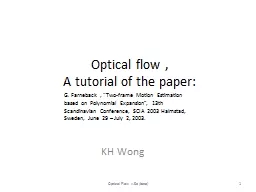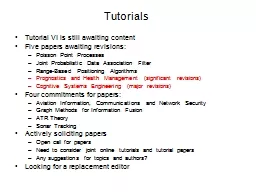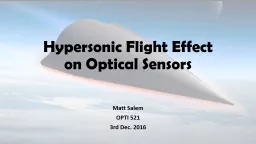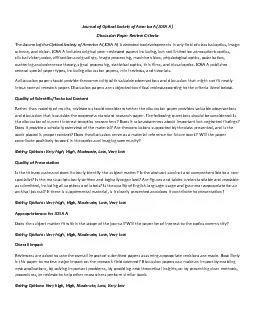PPT-Optical flow , A tutorial of the paper:
Author : alida-meadow | Published Date : 2019-12-09
Optical flow A tutorial of the paper KH Wong Optical Flow v5a beta 1 G Farneback Twoframe Motion Estimation based on Polynomial Expansion 13th Scandinavian Conference
Presentation Embed Code
Download Presentation
Download Presentation The PPT/PDF document "Optical flow , A tutorial of the paper:" is the property of its rightful owner. Permission is granted to download and print the materials on this website for personal, non-commercial use only, and to display it on your personal computer provided you do not modify the materials and that you retain all copyright notices contained in the materials. By downloading content from our website, you accept the terms of this agreement.
Optical flow , A tutorial of the paper:: Transcript
Download Rules Of Document
"Optical flow , A tutorial of the paper:"The content belongs to its owner. You may download and print it for personal use, without modification, and keep all copyright notices. By downloading, you agree to these terms.
Related Documents













